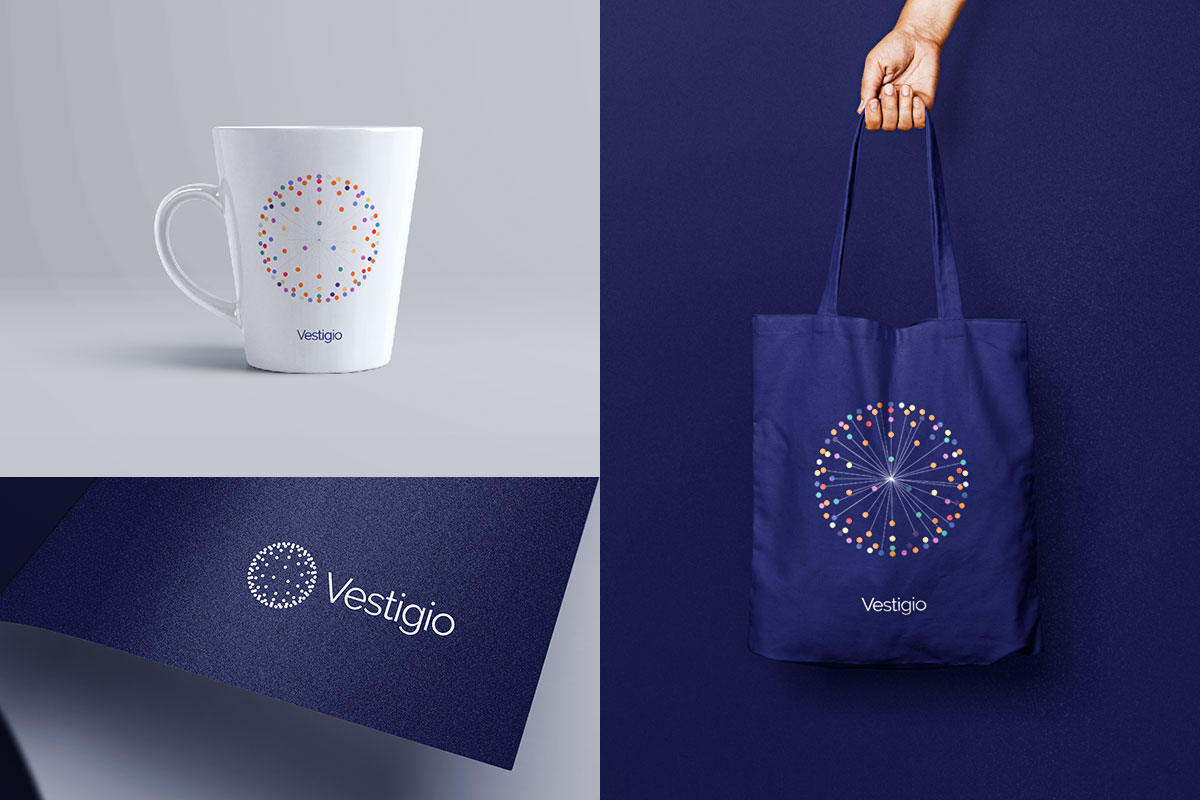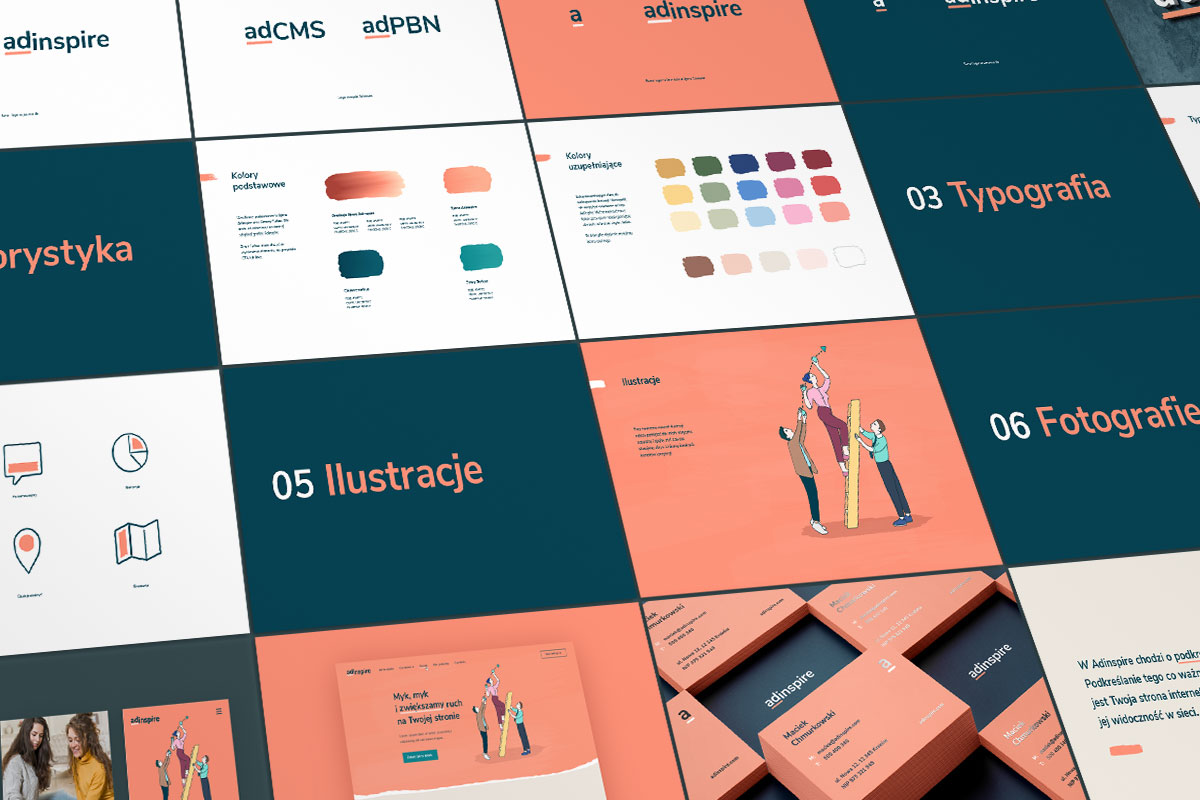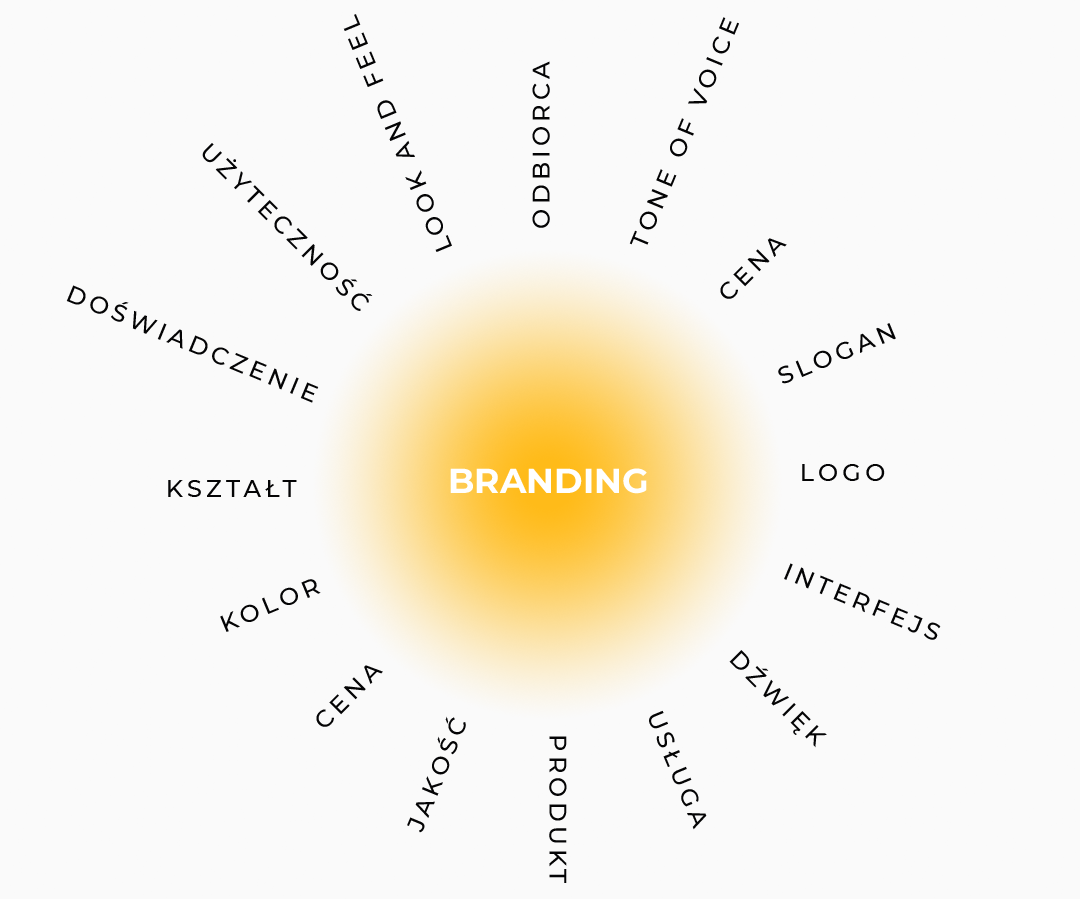Branding — more than just a logo
Table of content
Since humans started breeding animals, they have marked them by burning a symbol on their skin with a red-hot iron - as a sign of belonging to an owner. And this is how brand was created. The word comes from an old English or Germanic word “burn”, which meant “burning with a red-hot iron”. Nevertheless, that mark was far from modern branding.

From branding to experiencing - a definition of brand and branding
There are many different definitions of a brand. It was explained by Kotler, Olins, McCracken, Duncan, Duckworth, Hainsworth, Swanson, Godin, Adams and other eminent personalities from the world of marketing, design or business. The official definition, used by the creative sector, is the one by American Marketing Association, according to which a brand is a name, term, design, symbol or any other feature that identifies one seller's good or service as distinct from those of other sellers.
However, is it not too shallow aproach to a brand? Is it not just sticking to the aforementioned marking? After all, a brand is more than just a logo, more than just a slogan, more than visual identity! "A brand is a promise of an experience" says Sean Adams and he is absolutely right. After all, it is not just about flaunting logos of luxury fashion houses, electronic manufacturers or car companies.
A brand is a totem for its “believers”. It is a sense of belonging to the culture created by the brand. A sense of feeling that buying a product or a service signed with this brand, will make a promise, in which all the hopes lie, come true.
"Branding demonstrates that sense of belonging"
— Wally Olins
"Branding is an experience"
— Bruce Duckworth
“Branding is the process of a constant battle between producers and consumers about the definition of that promise and meaning"
— Matthew Healey

Image communication — a link connecting the visible with the invisible
Both an image and a brand are not only what is visible. Neat clothing, beautiful packaging, timeless logos and stunning graphics are only one of the image's layers. Voice timbre, delight after unpacking, memories, raised heart rate — all these experiences affect the image. Language, brand hero, colors, shapes — another layer builds associations in the recipient's mind.

Branding is a set of components which define a brand:
- Logo – main symbol, it should summarize all the following aspects
- Name – brand name, it can sometimes be extended into the names of products and services
- Big idea – the essence of a brand strategy
- Slogan – a few words which summarize the brand, its ideas, offer, differentiator or identity
- Experience (UX, or user experience) – unboxing, using the application, making a purchase…
- Usability – ease of use of a product, website, etc.
- Look and feel – the overall image and general looks of brand elements
- Color – the first noticeable brand element, right before shape and signs
- Shape – shapes of packaging, logo, typography, iconography
- Price – low price may be a brand differentiator
- Quality – often goes hand in hand with a higher price
- Interface (UI, or user interface) – layout and responsiveness of application or website navigation
- Sound – offers a great emotional load
- Offer – products and services offered by a brand
- People – personal branding, ambassadors
- Movement – Video, SVG animations, or hover effects on a website
A brand may be a product, a service, imaginary character, animal, even a person. However, whether it builds the world of promises and experiences, which connects design with communication, whether it unites its “believers”, will be a sign of the power of branding.


